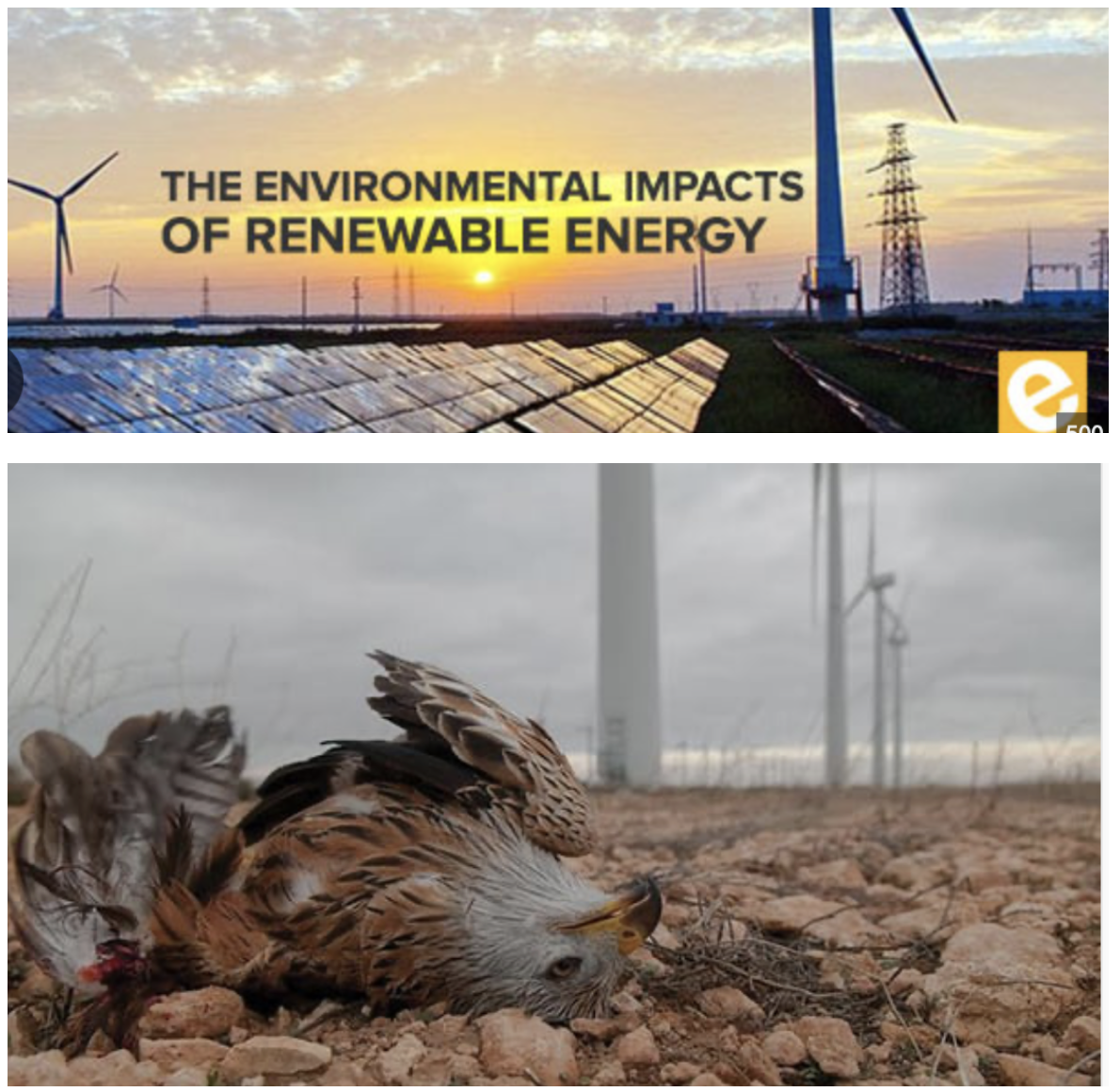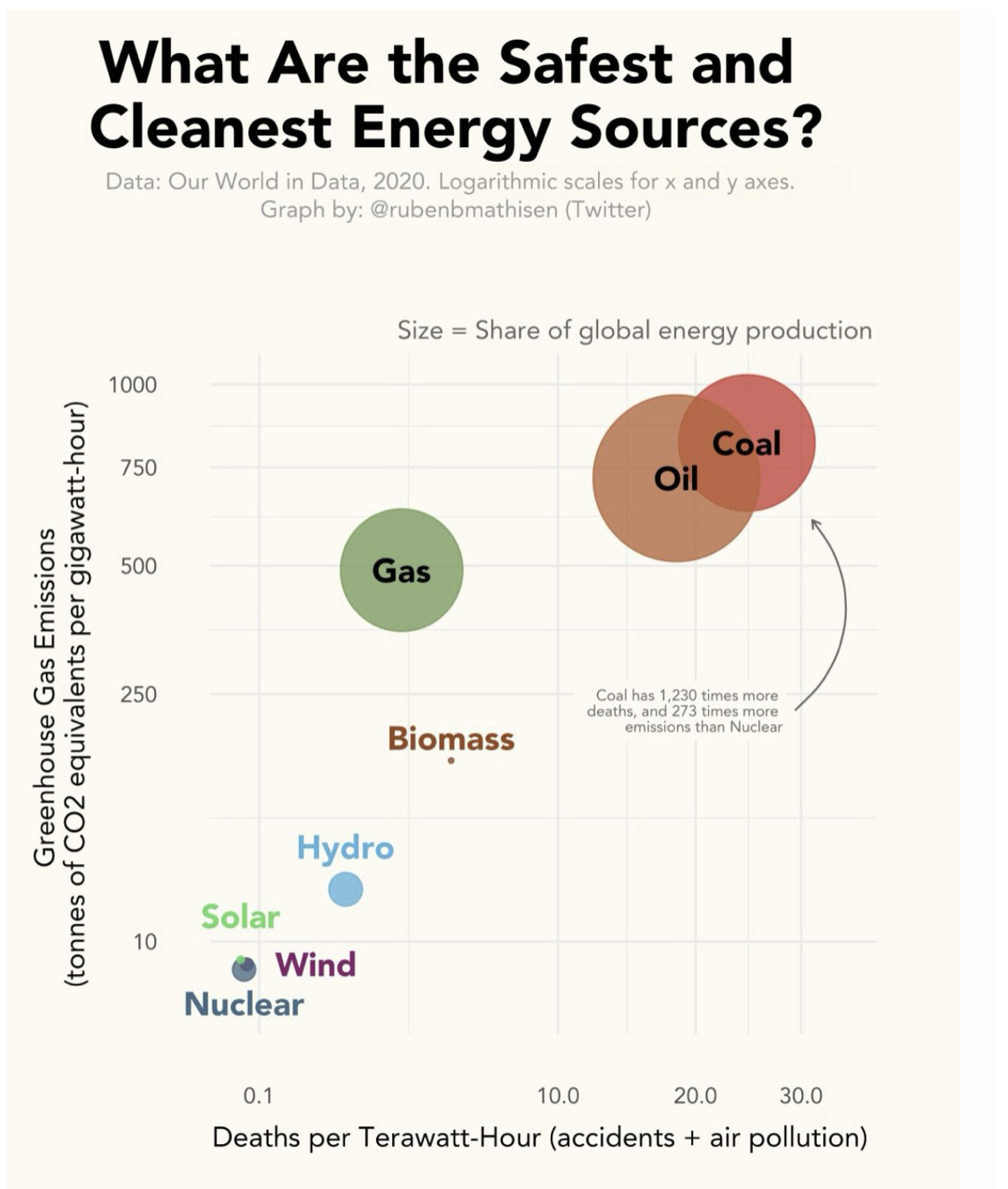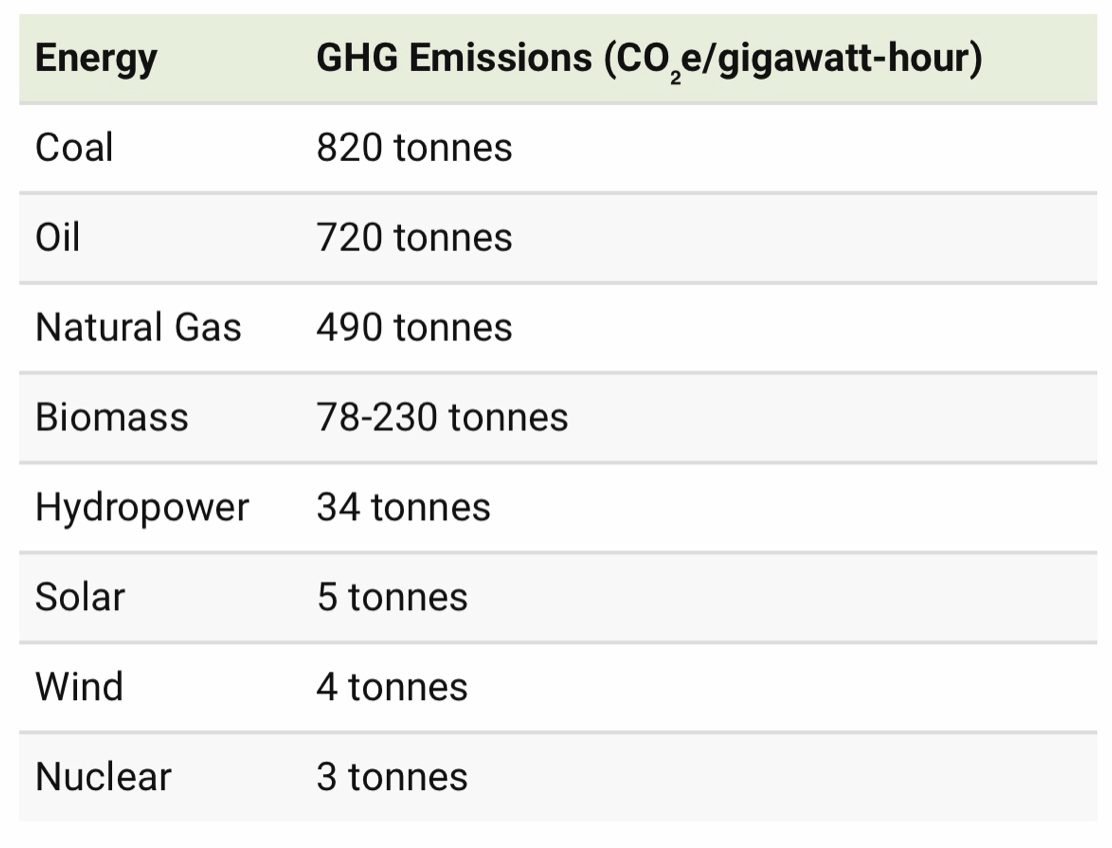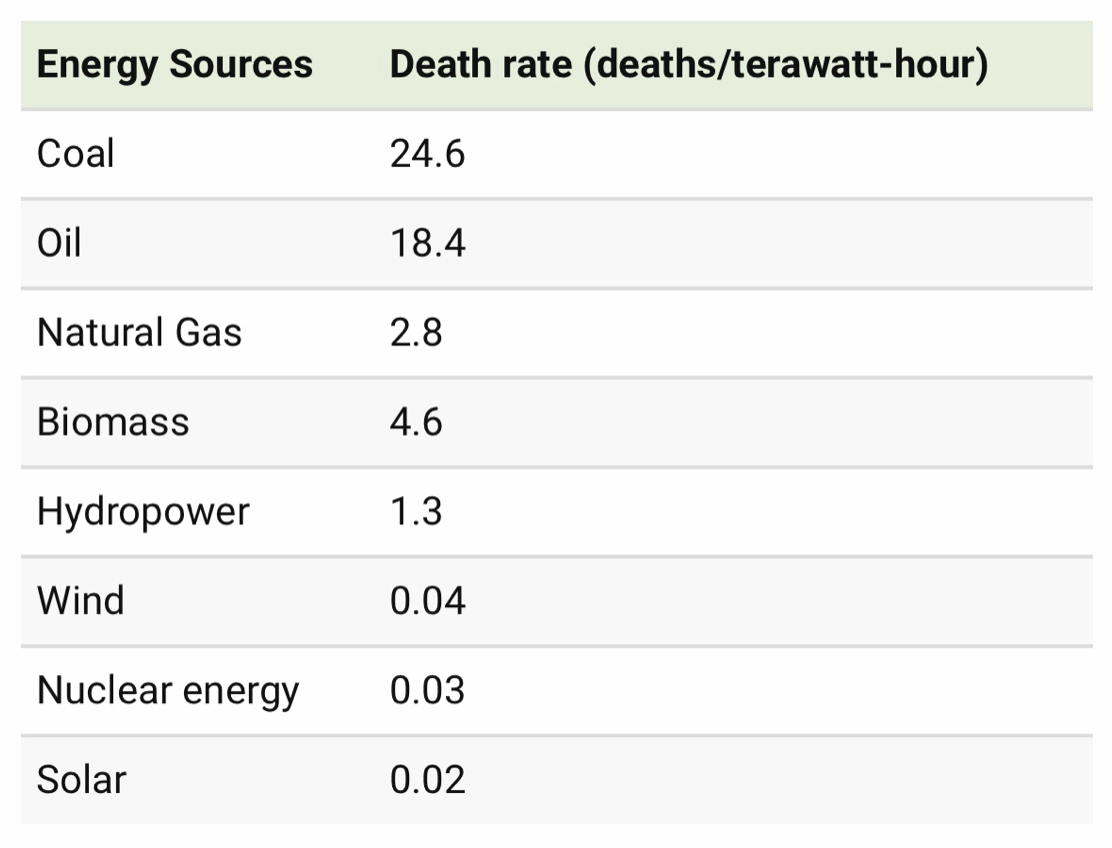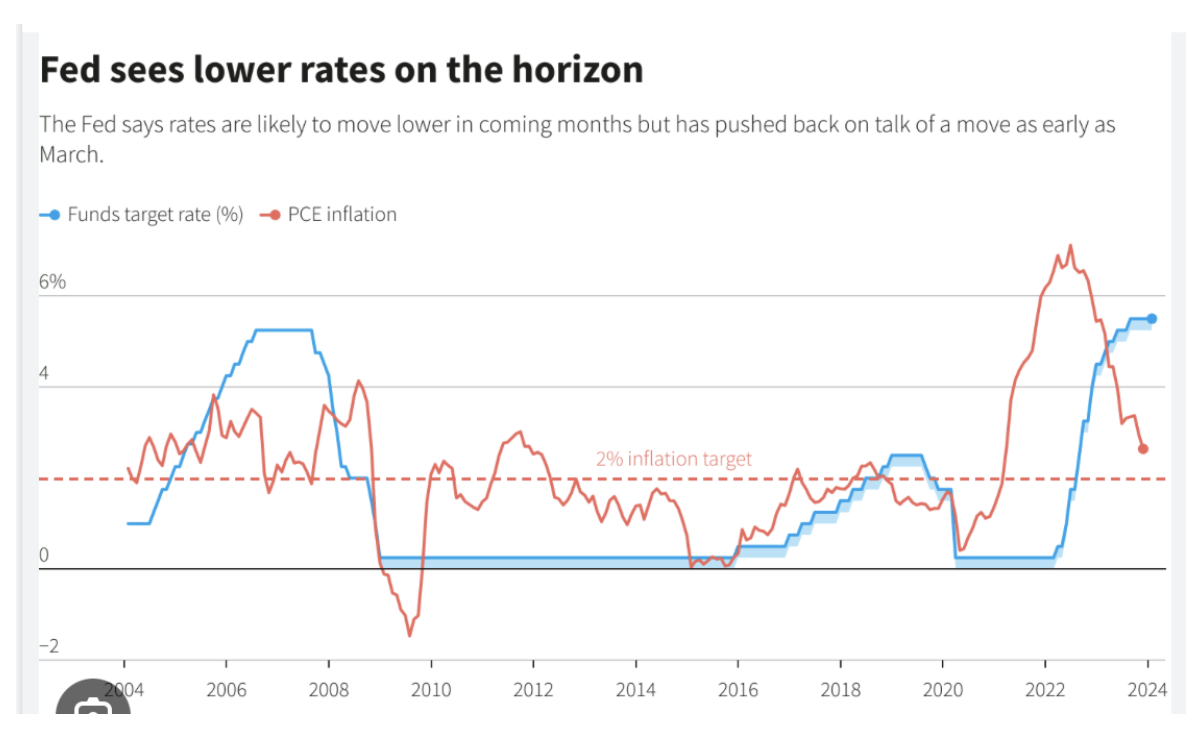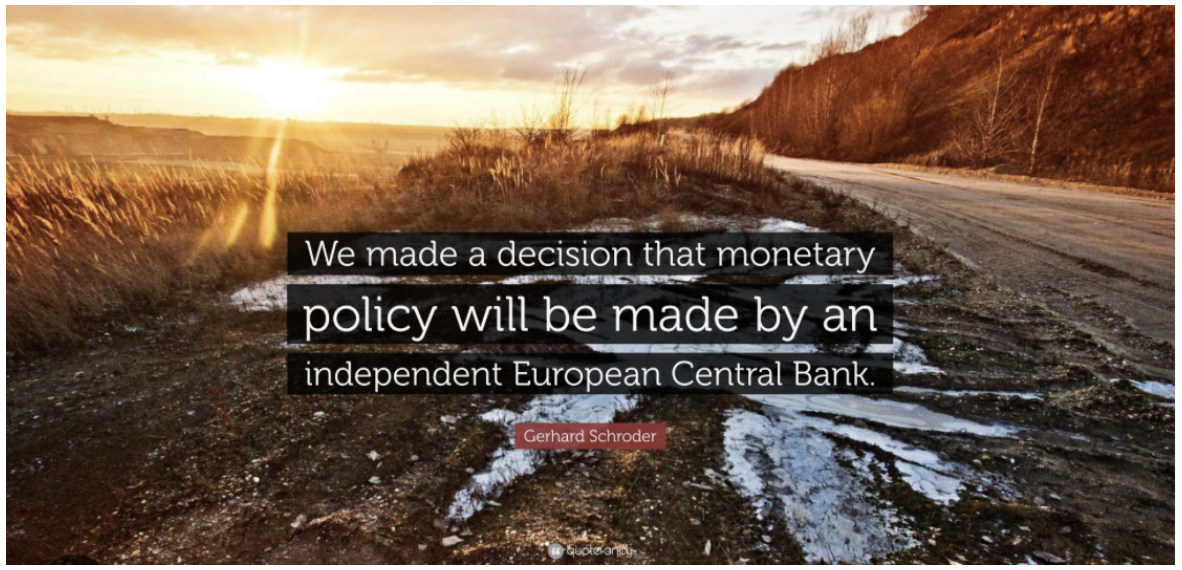
(AUSTRALIA IS CONFLICTED ABOUT ITS APPROACH TO ENERGY)
May 10, 2024
Hello everyone,
I recently heard Sky News host, Rita Panahi interview Ian Plimer, a geologist. Plimer talked about the types of energy Australia has at its disposal and the damage wind and solar are doing to the environment.
Plimer pointed out that Australia has a huge supply of gas that is not being used. In Victoria, for example, he said that there is an enormous amount of onshore gas in the Gippsland region that is low in carbon dioxide, and low in mercury, but regulations state that companies cannot drill onshore for gas. Rather they must drill onshore for gas offshore and vice versa. This is creating massive gas shortages in Victoria.
In New South Wales, too, there is also a gas shortage, due to mismanagement. Massive reserves at Narrabri have taken a decade to get that up producing gas for the people.
Eastern Australia relies on Queensland for much of its gas.
Plimer argued that there are thousands of years of gas in Australia and millions of years of uranium.
Six projects have been named to start feasibility studies for Australia’s first offshore wind farms. Plimer was scathing about wind projects because he says they “don’t save anything.” Rather, he says they have a telling negative effect. They “change aviation patterns, change shipping patterns, change fishing patterns, and kill a lot of wildlife.”
Killing the wildlife offshore hides the damage – the death of wildlife, and possibly whales. In effect, it puts the problem out of sight offshore. Interestingly, Plimer noted that elsewhere in the world wind projects are being shut down because of environmental damage.
Beautiful Australian agricultural land is being covered with wind turbine farms. Plimer argued that these wind turbines pollute large rich parcels of land with dangerous chemicals. Instead of disposing of wind turbine blades, he says “We bury them, or we cut them up and bury them in the ground.” He was critical of the fact that there is no industry at all where we can recycle these items.
Furthermore, Plimer details the long-term effects of pollution from solar panels. He stated that solar panels leak out cadmium telluride, and leak out lead, which is left in the soil.
OK, so how damaging is cadmium telluride?
Acute toxicity – oral, category 4
Acute toxicity – dermal, category 4
Acute toxicity – inhalation, category 4
Harmful if swallowed, Harmful in contact with skin, Harmful if inhaled.
Breathing high levels of cadmium damages people’s lungs and can cause death. Exposure to low levels of cadmium in air, food, water, and particularly in tobacco smoke over time may build up cadmium in the kidneys and cause kidney disease and fragile bones. Cadmium is considered a cancer-causing agent.
The United States is the leader in cadmium telluride (CdTe) photovoltaic (PV) manufacturing…due to their efficiency and relatively low manufacturing energy requirements.
Cadmium is recognized as a toxic substance by the United States Environmental Protection Agency (EPA), which set a maximum contaminant level (MCL) for cadmium (Cd) of 0.005 mgL in drinking water. Tellurium (Te) while not regulated by the EPA, has also been shown to have the potential to cause kidney, heart, skin, lung, and gastrointestinal system damage in rats and in humans.
Plimer was very critical of governments, past and present, for their poor decisions regarding effective energy solutions for Australia.
He pointed out that Australia has plenty of energy and it is cheap.
Impact of Wind Turbines:
Visual Pollution
Noise Pollution
Impact on Wildlife
Disturbance to existing ecosystems and land use.
Update to Australia’s future energy direction as of Thursday, May 9, 2024.
New gas fields will be key to the Labour’s government strategy. Gas will become a central part of Australia’s energy and export sectors by 2050 and beyond. The government is backing the energy source as the key to transitioning the energy sector and economy. Environmental and climate groups have condemned the strategy saying it will lead to more emissions, not less.
Responses to Labour’s plan have been mixed.
The Business Council of Australia was supportive, saying the plan struck the right balance ‘” by ensuring Australia can transition to net zero, while also keeping prices down, delivering reliable power supply and retaining jobs.”’
The Australia Institute called the strategy “regressive”, while the federal Greens leader, Adam Bandt, said Labour was “’ threatening its legislative agenda by committing to a future fuelled by fossil fuels.’”
Environmental groups including the Australian Conservation Foundation, Surfers for Climate, Solutions for Climate Australia, Climate Communities Alliance, and Parents for Climate were all disappointed.
Attention will now turn to how Labour plans to meet Australia’s climate targets as it embarks on an expansion of the gas industry.
The Safest and Deadliest Energy Sources
There are vastly divergent views on the impact of different energy sources on the environment. As of 2021, nearly 90% of global CO2 emissions came from fossil fuels. But as we know energy production doesn’t only lead to carbon emissions, it can also cause accidents and air pollution that have a significant toll on human life.
Ruben Mathisen has used data from Our World in Data to help visualize exactly how safe or deadly these energy sources are:
Fossil Fuels are the highest emitters.
Deadly effects
Air pollution or accidents can take human lives when we are generating energy on a massive scale.
According to Our World in Data, air pollution and accidents from mining and burning coal fuels account for around 25 deaths per terawatt-hour of electricity – roughly the amount consumed by about 150,000 EU citizens in one year. The same measurement sees oil responsible for 18 annual deaths, and natural gas causing three annual deaths.
Meanwhile, hydropower, which is the most widely used renewable energy source, causes one annual death per 150,000 people. The safest energy sources by far are wind, solar, and nuclear energy at fewer than 0.1 annual deaths per terawatt-hour.
Depending on who you speak to about energy, opinions will vary widely about the best future path for Australia to follow. There are arguments for and against all energy sources. You will never be able to please everyone. Economics, the environment, and sustainability must all be considered when planning for the future.
Update:
Global Central Banks are not taking their cues from the Fed.
When it comes to central banking, everyone assumes the Federal Reserve takes the leadership role, and global counterparts follow. Well, it looks like events are shaping up somewhat differently now.
Most recently, the Riksbank, Sweden’s Fed equivalent has approved a quarter percentage point reduction (Wednesday), with an indication that two more cuts could be in the pipeline before the end of the year should the inflation outlook hold.
It was the first time the Riksbank had cut since 2016 and took its main policy rate down to 3.75%. Meanwhile, the Fed’s rate has been locked between 5.25% - 5.5% after a series of 11 hikes that began in March 2022.
In March, this year, the Swiss National Bank also reduced its key rate.
Reductions from the Bank of England and European Central Bank are expected to come next, possibly within a month. Bank of America strategists think the BOE could even cut in June, given the dovish buzz from BOE Governor Mark Bailey and others. Otherwise, August is a likely time for the rate cut.
Should all these central banks take concrete action on their dovish chatter, and inflation and economic growth slow in the U.S. the Fed could find itself in an uncomfortable spot.
A slowdown in inflation and/or in activity in the U.S., will highlight a growing rate differential between the U.S. and other countries, and perhaps become a factor that will encourage the Fed to follow the global trend toward lower rates.
Central banks are not taking their cues from the Fed. Christine Lagarde made clear that “we are data-dependent...[and] we have to make our decisions. Hence, we are not Fed-dependent.”
To sum up, if either demand starts to fall and/or core services inflation slows, the Fed is likely to begin its own cutting cycle.
Zoom Recording of April 30, 2024
The Zoom recording is in two parts.
I had technical issues with the videos I wanted to show you, so they are part of the second recording I did. Additionally, the Excel spreadsheet of all the stocks/options recommended will be shown in this recording as well.
I hope you enjoy the presentation.
Part 1
Part 2
https://www.madhedgefundtrader.com/jacquie-munro-meeting-replay-april-2024/
Cheers,
Jacquie

